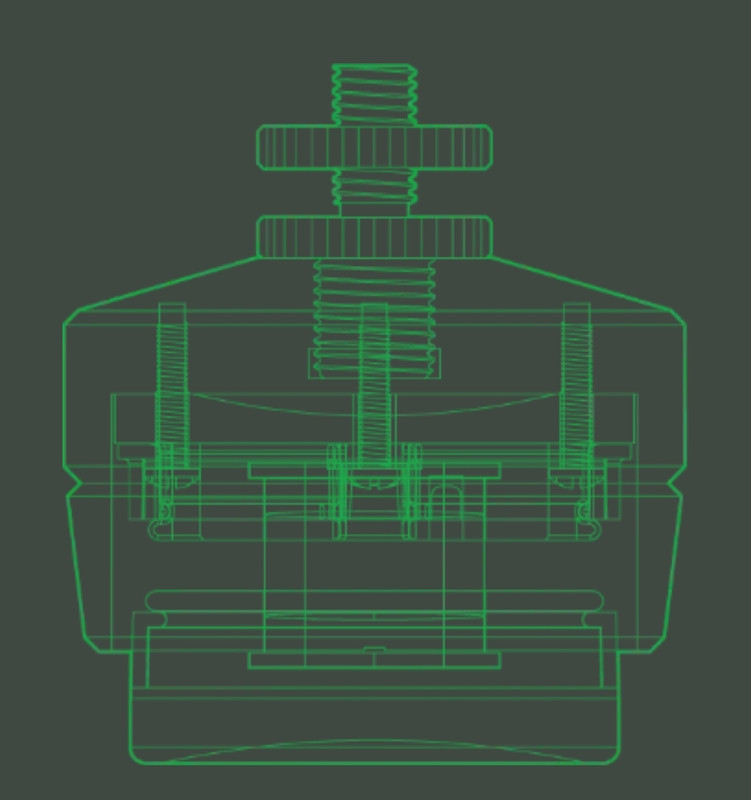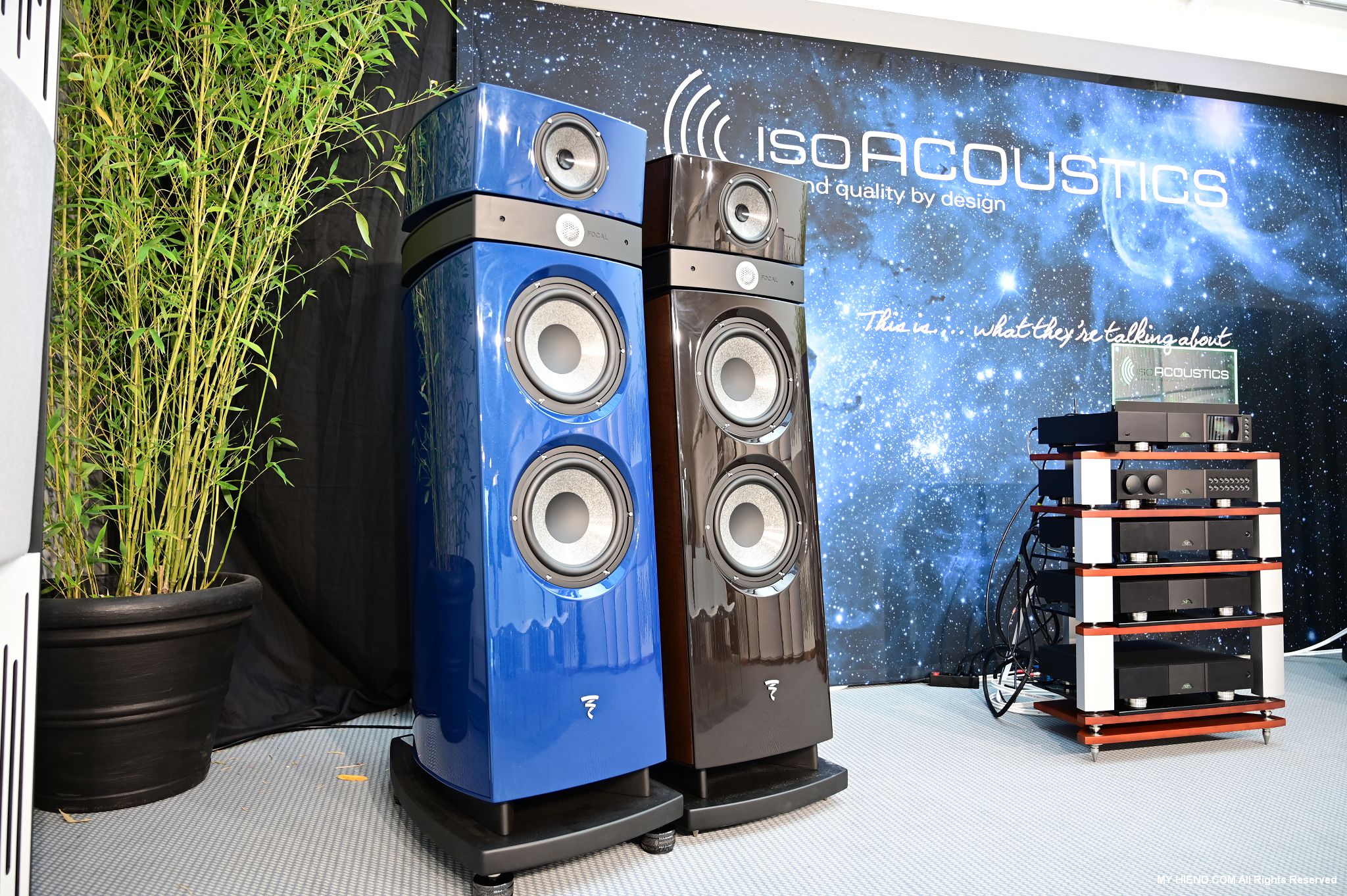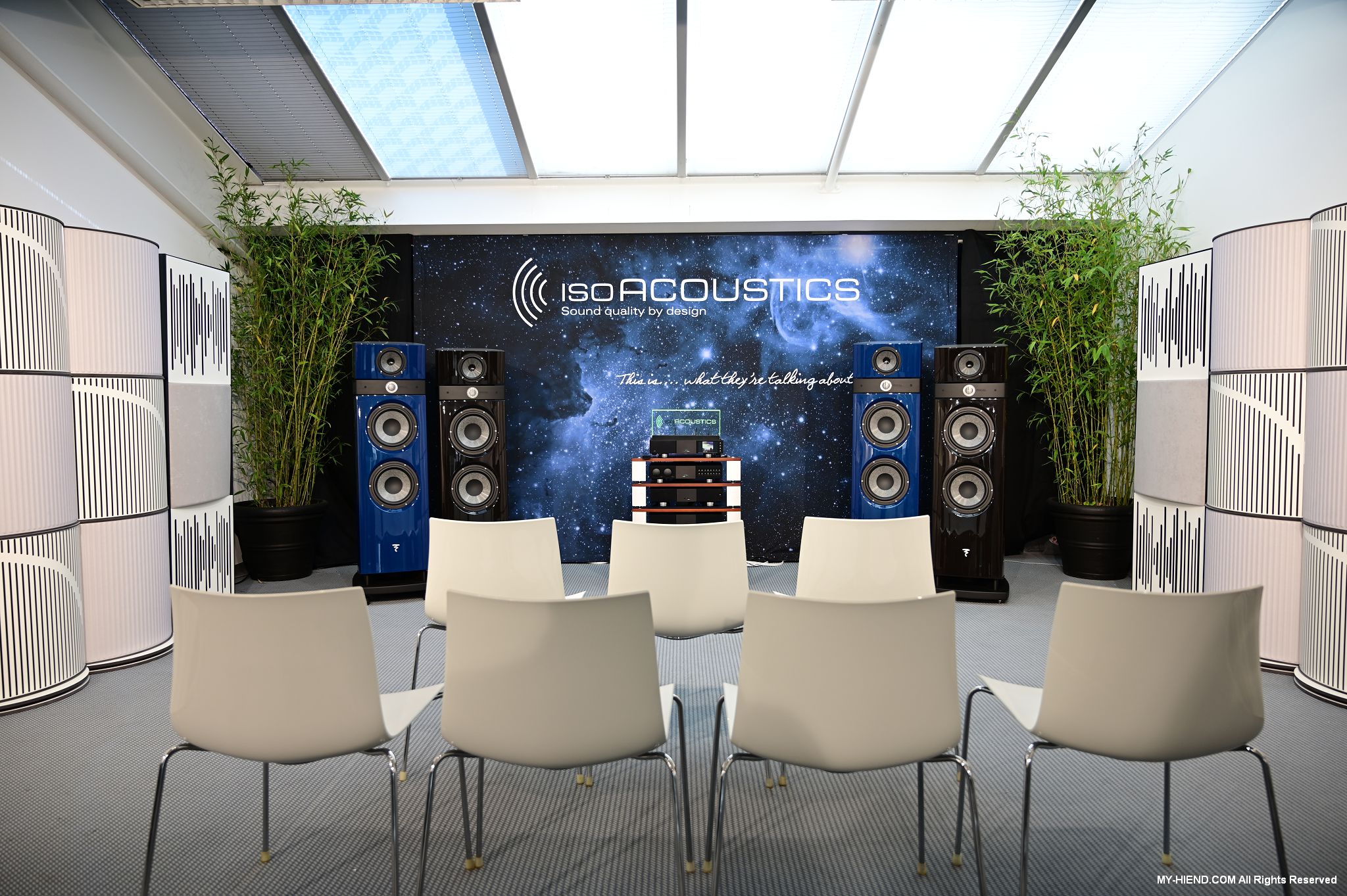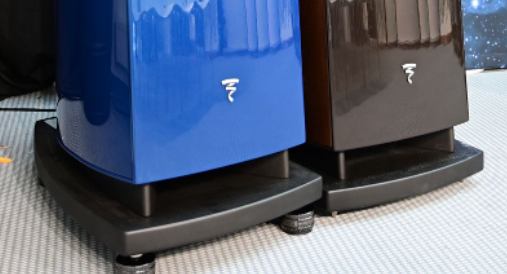Same stuff they put in Twinkies....
the isoacoustic Gaia are very good but the Townshend podiums are a whole different level better and that's from people that have tried both but the Townshend podiums are three times the cost and all I can tell you is when I put them under my speakers it sounded like I changed all my electronics too much more expensive gear. check them out, they got to try it like it or return policy, the company told me that they've never had a pair of podiums ever returned. |
There’s a sketch of the insides but no description of the stuff.
I would be equally interested to know about the featured parts inside the Gaia and Orea. Are both the same or they are different. From what I read, the Gaias brought an impact to most systems and the changes are mostly an improvement. With the Oreas, the differences are described to be more subtle to the point of negligible. |
the difference in height between the spikes and the Gaia 1’s was maybe 3/4”. With the dispersal patterns of most speakers, I doubt many people can hear a difference in height of an inch from 10’ away! Having said that, I put my KEF’s on some 21”x 19” x 1.25” granite and it made a very noticeable difference. Then when I added the Gaia 1’s, on top of the granite and the soundstage really blossomed. JD |
I've tried the Gaias, and Nobsound springs. In my system, isolating the speakers rather than coupling them to the floor is definitely the way to go. BUT...after the dust settled, I've gone back to simple sorbothane disks ($24 for a set of eight). The trick is finding the right density, but if you guess wrong for the speakers (aim for softer, to support the lower end of the weight you've got), you can use them under other components instead. Besides being far cheaper than the alternatives, they're also inconspicuous, and they don't raise the hight of the speaker more than a couple of mm. The speaker will "float" on them, and wobble just a bit to the touch, but not disconcertingly so. And they don't compress over time, or at least they haven't yet. In any case, I suggest you try this first to see if decoupling from the floor works for you. |
One of the mistakes I made while using the Gaias was to have the "granite" slab on carpet and the speakers+Gaias on these granites. Not good at all. You can see that on my system page where I have not the most recent pictures. I purchased the carpet spikes for the Gaias and the granites are not going back into that room. And the Gaias are not coming off those speakers.I love what the Gaias do in my system. |
The granite interfered with getting maximum performance of the Gaias. When I moved from the spiked to the Gaias on granite, there was definitely an improvement - no doubt. But the "fullness" of the sound and the "more natural" sound of strings and bass opened up completely once I coupled the Gaias to the floor using the dedicated carpet spikes. Those plates are not cheap - but in my books, completely worth it. |
Thanks for your reply. My amp is underlain by an amp stand, on which are six or so vibrapodes, then a granite slab… then Nobsound springs… then my amp. The Nobsprings definitely improved the sound. I know granite can be bad under a TT, but I felt that with the vibrapods I put under the slab isolated my amp enough. But, now I am starting to wonder.
I have been trying to avoid trying it (my amp is 100 lbs and I am 70… I would just rather not… I am getting lazy). Maybe I will just need to see if the granite is an issue.
|
You are welcome. But I would think that our situations are different. Loudspeakers can shake and move depending on the music playing, especially in the low frequency range. Components do not do that. And your granite is on a firm surface unlike mine which was on carpet. So you might be fine with your setup. Please consider that before you try to replace the granite. BTW, you have a beautiful system. I am sure it sounds phenomenal. |
Thanks for your comments. Good point about speakers. I have isolation platforms for my speakers on the list of the next upgrade.
Thanks for your complement. Yeah, it sounds incredible… really hard to drag myself away from… I am fortunate enough to have the best sounding acoustic space I have heard (completely by accident)… so yes, it sounds great. |
It appears in the cross-section view that the bottom elastomer disc contacts a piston and there is a top elastomer disc. I presume the durometer of the discs and the diameter of the piston have been modeled for different mass loadings. The benefit of the Gaia's and others is the packaging you get to conceal what otherwise would be a Rube Goldberg arrangement we most certainly would encounter if we trialed and errored our way to a solution. They have done the design work for us and made them sturdy to be attached to speakers. The brands with springs are doing the same thing but a spring is inherently tuned to one frequency and if you get it right, then hooray. If more than one spring, then I am not sure how they achieve their target. The Gaia's may have two different durometers, thicknesses, and diameters to spread their effectiveness across a band of frequencies. This is my first guess based on my engineering experience. |
I was not allowed to upload the Revopod cross section from their website. It is very informative and their description lays out how it works. It makes total sense and they allow radial movement and lateral movement with their design, thereby dissipating vibration energy in every direction except straight up to your component. |
I have four different products of theirs and each one has been amazing. |
I got a pair of Isoacoustic Gaia a while back for my speakers. I honestly couldn't hear any difference or improvement, but it looks kind of cool on my speakers so I just kept it. One strange thing about these Gaia is that according to their installation instructions, the "isoacoustic" lettering must be facing forward. I think I even sent them an email asking about it, and they confirmed that is the recommendation for the best performance. I wonder if that's a marketing thing. Oh well. |
A great deal depends on how your speakers are designed. My 180lb Wilsons and their rock dead cabinets are meant to be on spikes, not suspended to vibrate. Spent some cash on Stillpoints (more expensive than GAIA) and found I didn't care for the sound. Bought Wilson's oversized spikes and diodes, a nice change. Use the Stillpoints and IsoAccoutics under equipment now. |
Just curious, what kind of floor do you have under your speakers? I have hardwood floors with a full basement under and the granite made a very noticeable difference. Isoacoustics told me the carpet spikes were designed mostly for carpet over concrete. When I told them that I had hardwood floors, they warned me that the spikes would leave marks! So my Gaia’s are on 1 5/8” thick granite. JD |
Thank You for confirming why the carpet spikes are working so much better for me. I have carpet over concrete. My sound room is in the basement. And again, just like I had mentioned to @ghdprentice , your config is different than what I had. You have granite (solid) on harwdood (solid). Mine was granite (solid) on carpet (soft/cushy). If I had hardwood below the granite, I would not remove the granite. Actually you have better options than me, to place the loudspeakers with Isoacoustics - directly on hardwood floors OR granite over hardwood. Good for you. |
blueranger, Another shout-out for experimentation with inexpensive Vibrapods and Vibracones under gear. "CAUTION"...they leave marks. A playing-card layer works. Do indeed pay strict attention to the weight load placed upon each individually numbered pod...their website is specific. Also, give attention to added power cord and ic weight when using them with electronics. Many years ago, for fun, I placed the appropriate pods beneath my 45lb Chapman T-4 sealed loudspeaker monitors, atop the stands. The accepted thinking of the day was mass loading loudspeakers, to prevent any cone movement except what was intended. By design, the pods create isolation in all directions. The results were readily apparent and positive. I have successfully used IsoAcoustics ISO-L8R200 Monitor Isolation Stands (7.8” x 10”) under my monitors now for several years. The build, tho extremely inexpensive...quite simply, works. I've since moved on to more sophisticated isolation for my electronics, but the pods are a great learning tool. More Peace, Pin |
We are an isoacoustics dealer the device is a simple series of parts that provide Isolation by enabling the bottom disc to be separated from the top And focus the speakers motion in one plane
They work very well
HILDE THOSE CORK QND RUBER DEVICES DONT DO ANYTHIG
Dave and Troy AUDIO INTELLECT NJ ISOACOUSTICS DEALERS |
Recently added a pair of Gaias to my system and am working on a proper review. They certainly do work. It's not hard to find. My main problem is: How do I double-blind these against the stock spikes?!?! Else, how will I ever know whether I was ripped-off or not? Maybe someone should ship a set to ASR so we can get the true low-down on these devices. Still working on how to double-blind All-Clad cook ware and my LG TV. |
This is surely informative. Isoacoustics should emulate Revopod by providing the description as shown in the image above instead of an AutoCad sketch without any information. The cross section of the Revopod looks rather similar to the Gaia, perhaps without the spherical bearing. The elastomer damping layers are basically some sort of hardened rubber. |






